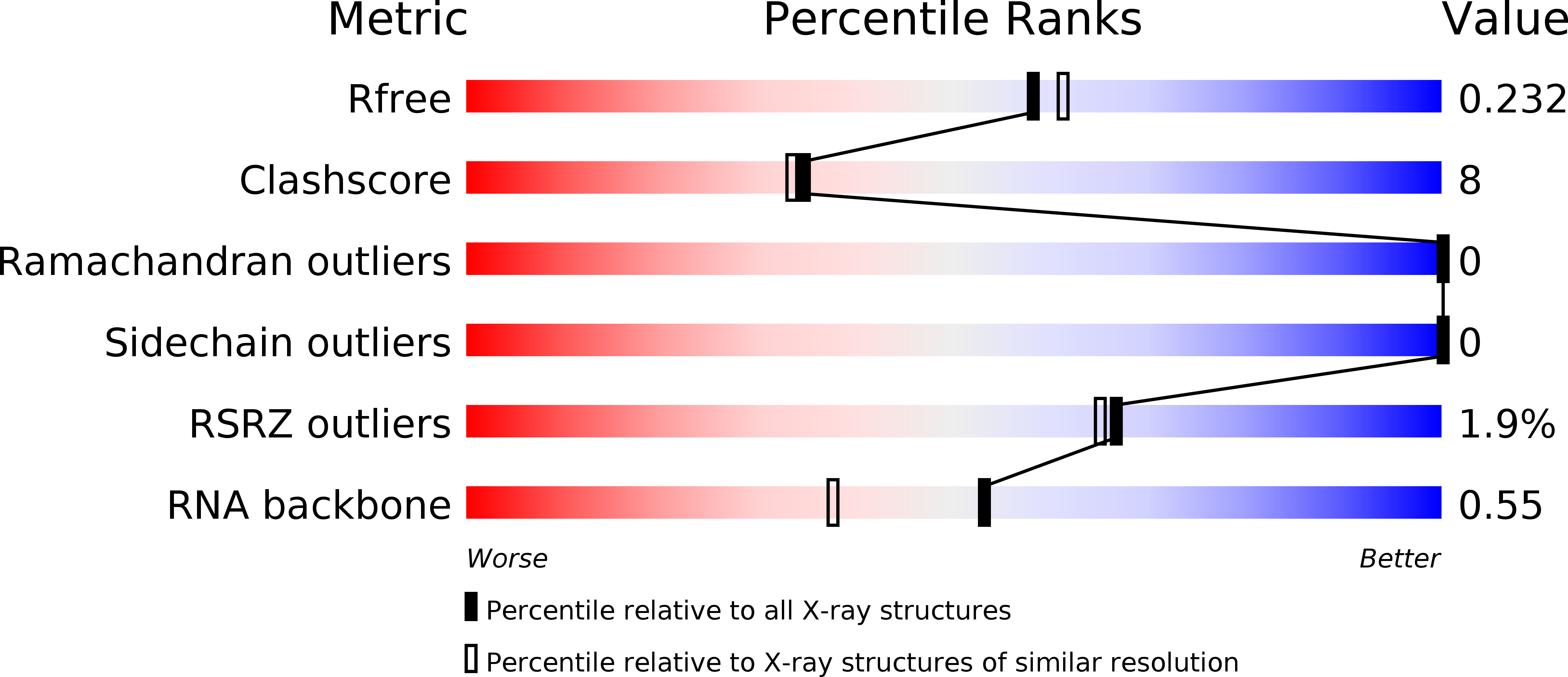
Deposition Date
2012-03-02
Release Date
2012-06-13
Last Version Date
2023-12-20
Entry Detail
Biological Source:
Source Organism:
PSEUDOMONAS AERUGINOSA (Taxon ID: 287)
Host Organism:
Method Details:
Experimental Method:
Resolution:
2.00 Å
R-Value Free:
0.23
R-Value Work:
0.18
R-Value Observed:
0.18
Space Group:
C 1 2 1


